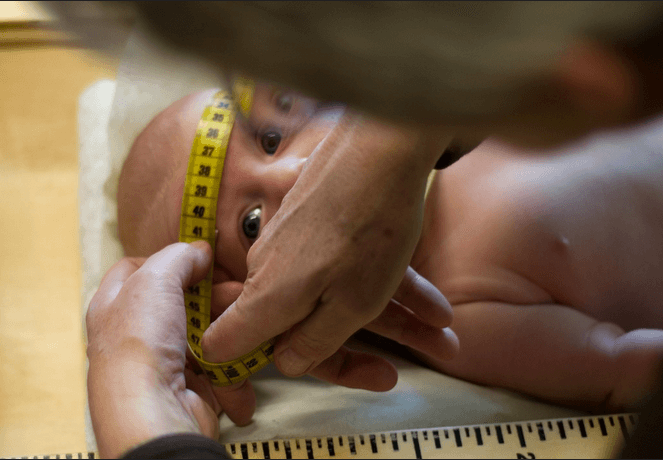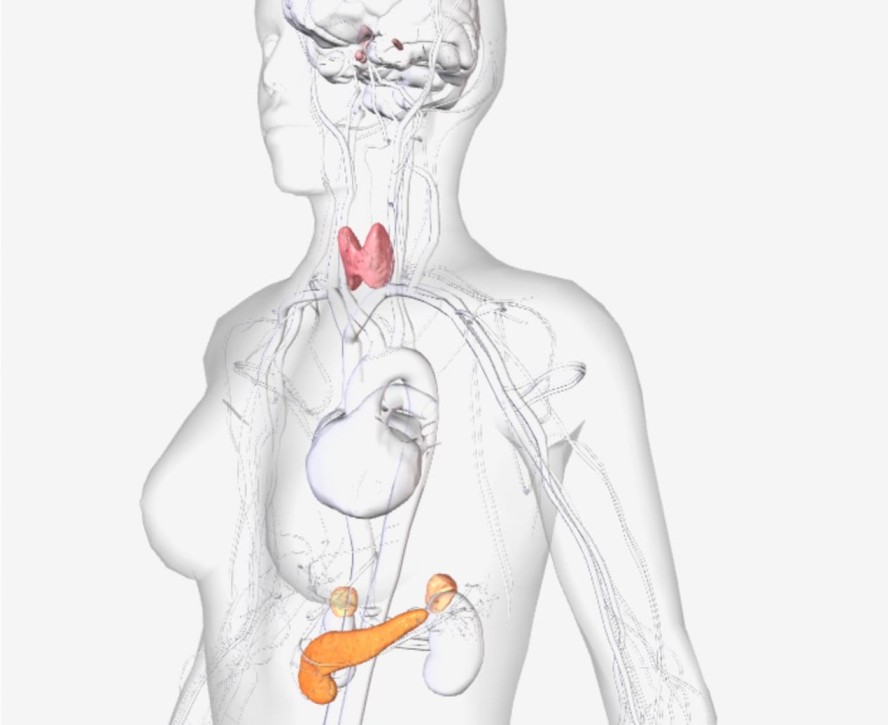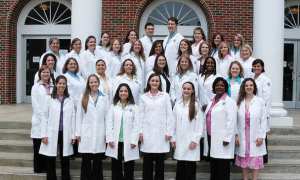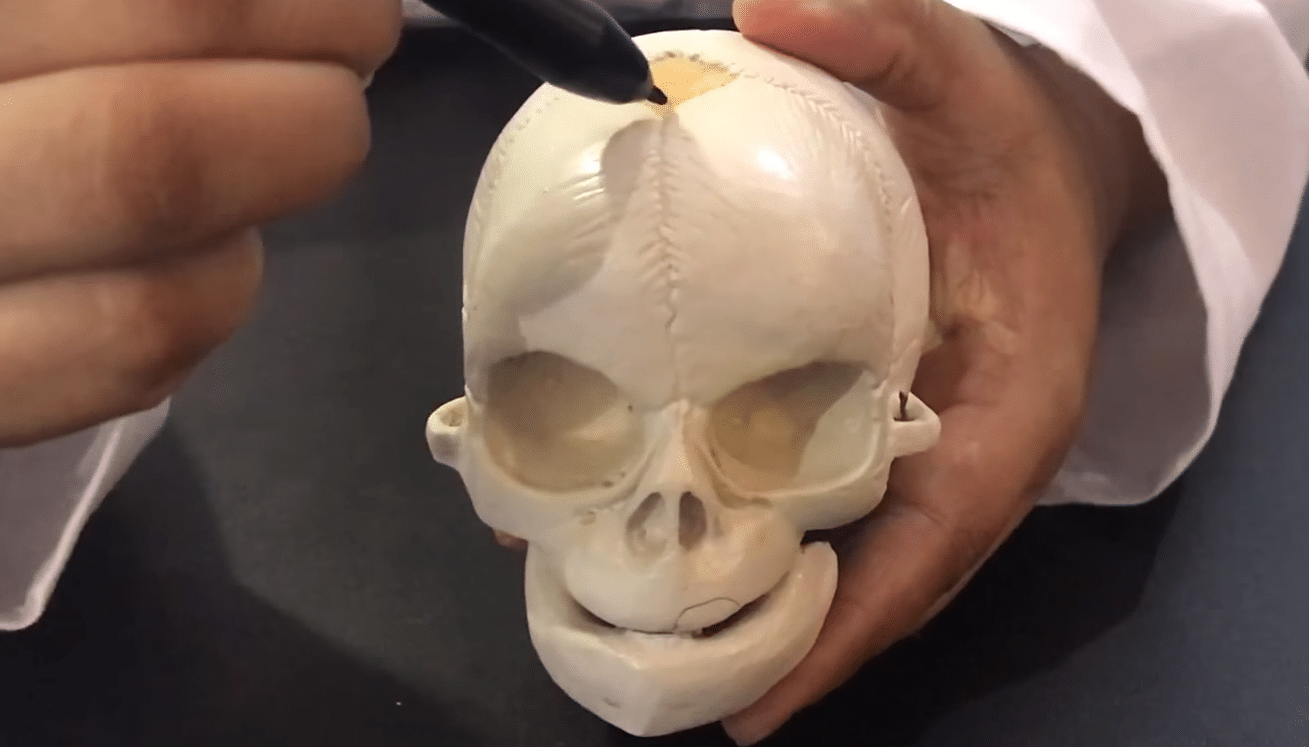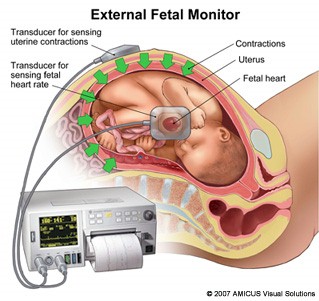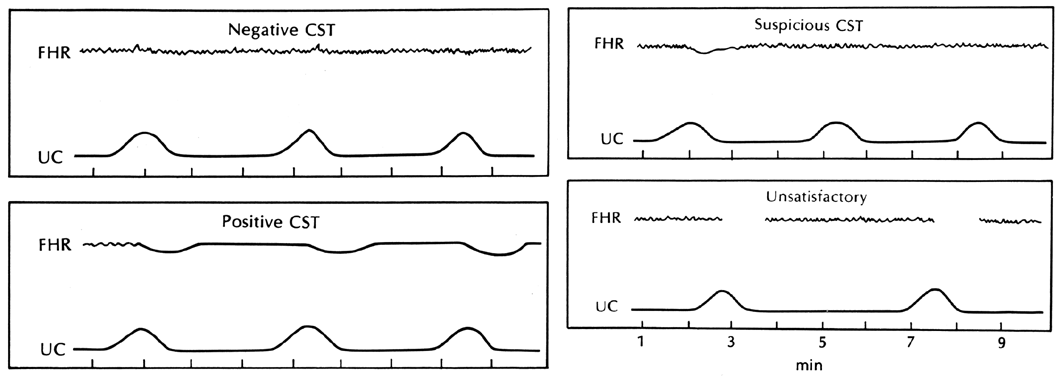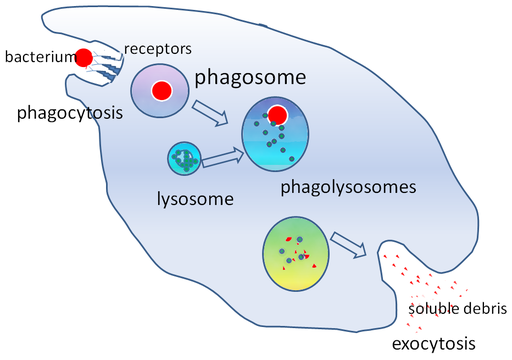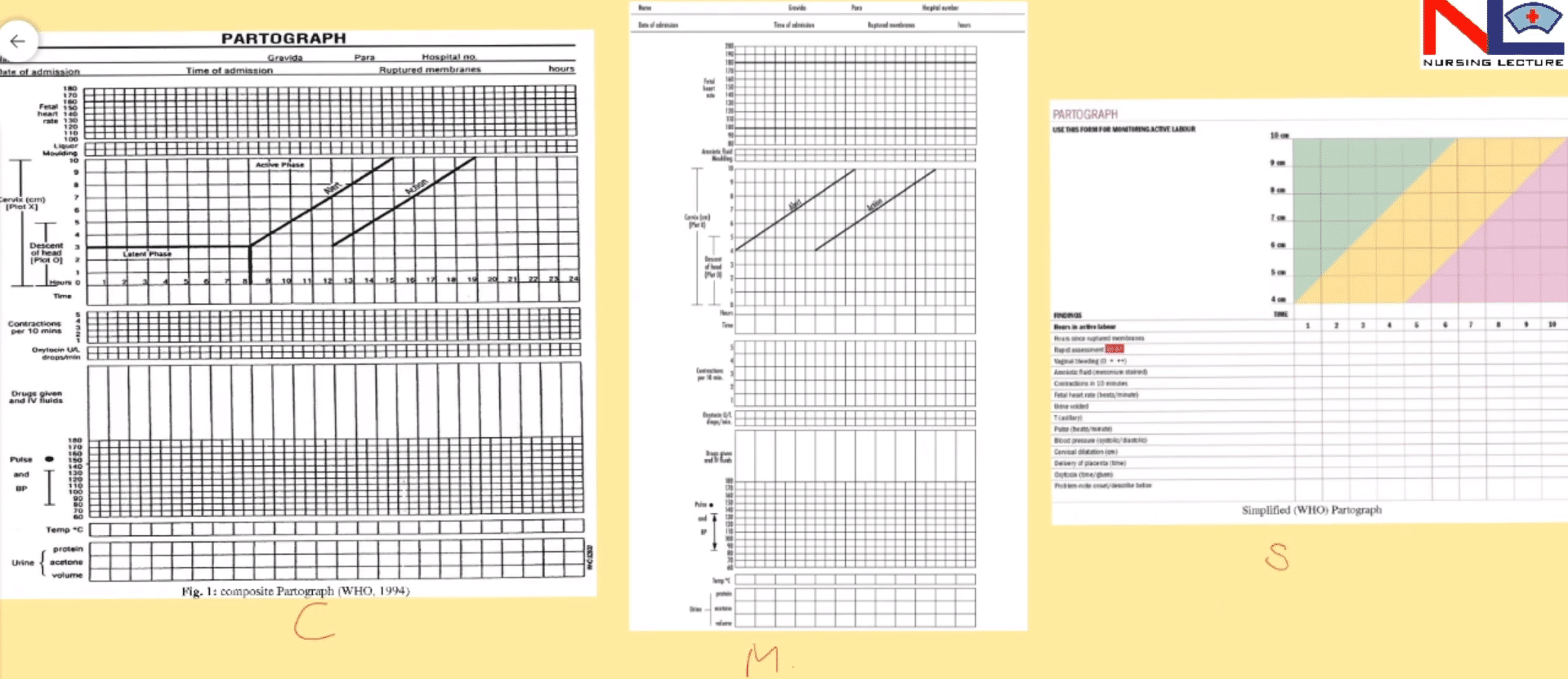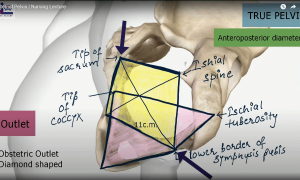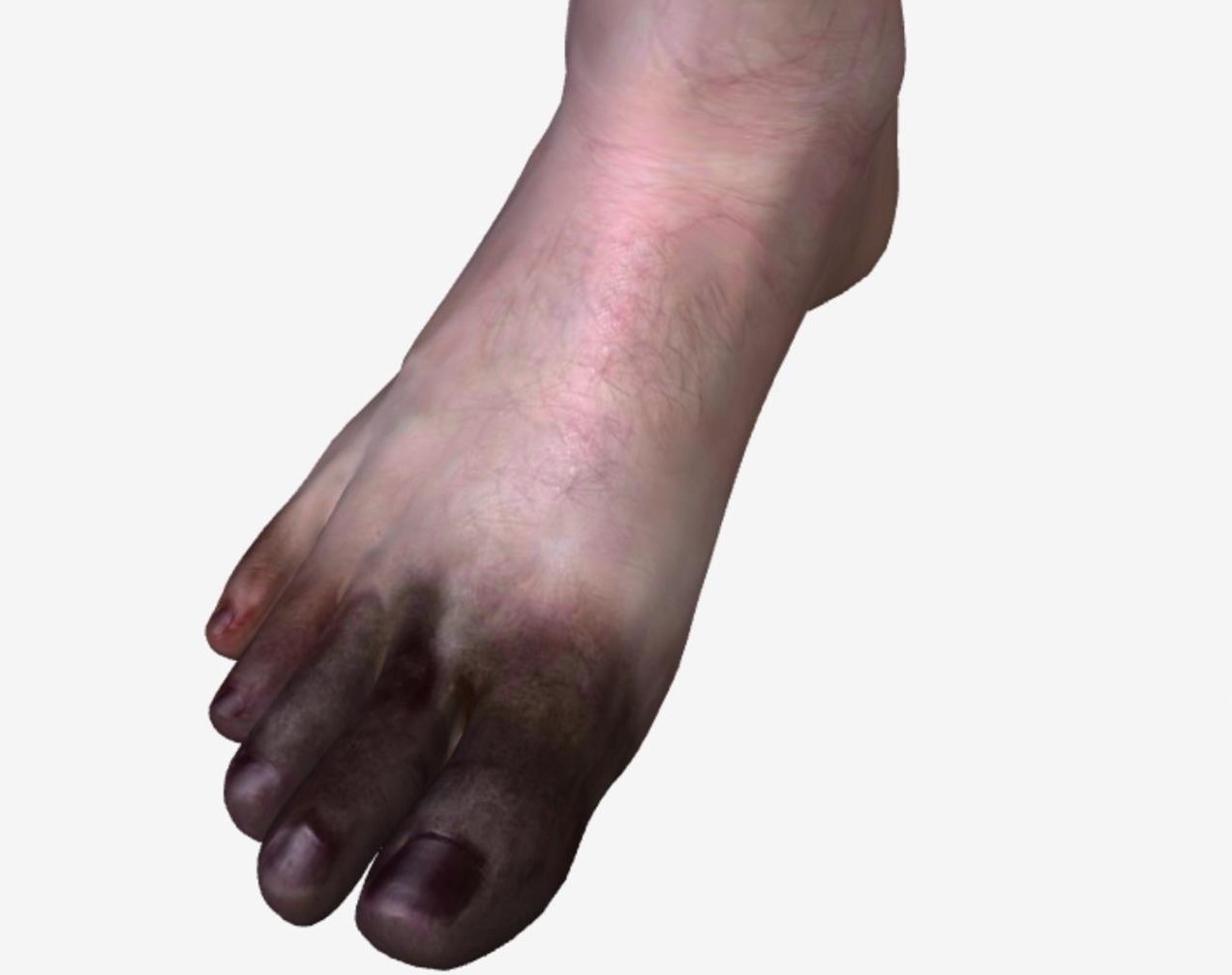The process of growth & development starts before the baby born that is from the conception in the mother’s womb. The period extends throughout the life cycle. But the principle changes occur from the conception to the end of adolescence.
GROWTH- It is a process of physical maturation resulting in an increase in the size of the body & various organs. It occurs by multiplication of cells & an increase in intracellular substance. It is quantitative changes of the body which can be measured in inches/c.m./kg. etc. It is a measurable & progressive phenomenon.
DEVELOPMENT- It is the process of physiological maturation of the individual. It is a progressive increase in skill & capacity of function. It includes psychological emotional & social changes. It is a qualitative aspect of maturation & difficult to measure.
CHARACTERISTICS OF GROWTH & DEVELOPMENT (G & D)-
1.) G & D is a continuous & orderly process with an individual difference & is unique to each child.
2.) It proceeds by stages & its sequence is predictable & same in all children but there may be different in the time of achievement.
3.) There is a coordination between the increase in size and maturation.
4.) They proceed in cephalocaudal (i.e from head to tail ) & proximodistal (i.e from center or midline to periphery) direction.
5.) Initial mass activities and movement are replaced by specific response and action by the complex process of individualized changes.
6.) Rate of growth & development is interrelated to rapid in infancy & in puberty, but slow in preschool and school age.
7.) G & D depends on a combination of many interdependent factors, especially by heredity and environment.
FACTOR INFLUENCING GROWTH & DEVELOPMENT-
They influence directly or indirectly by promoting or hindering the process. The determinant can be grouped as heredity & environment. Heredity determines the extent of G & D that is possible, but the environment determines the degree to which the potential is achieved. Factors are as follows-
1.) Genetic Factor-
Different characteristics i.e height, body structure, the color of skin, eyes & hair depends on an inherited gene from a parent. Abnormal genes from ancestors may produce different familiar diseases which usually hinders G & D. Eg-Thalassemia, Down’s syndrome, etc. Sex of children influences their physical attributes & pattern of growth. It is determined at conception. At birth male babies are heavier & longer than females.
2.) Prenatal factors- Various condition influence the fetal growth in utero are:-
• Maternal malnutrition:- Dietary insufficiency & anemia lead to intrauterine growth retardation. LBW & preterm have poor growth potentials.
• Maternal infections:- Different intrauterine infections like HIV, HBV, TORCH, etc. may transmit to the fetus via placenta & affect fetal growth.
• Maternal substance abuse:- Intake of teratogenic drugs (thalidomide, phenytoin, etc.) by the pregnant women in the first trimester affects the organogenesis which hinders fetal growth. Maternal tobacco intake (smoking & chewing) & alcohol abuse also produce fetal growth restriction.
• Maternal illness:- Pregnancy induced HTN, anemia, heart diseases, DM, hypothyroidism have an adverse effect on fetal growth.
• Hormones:- Like thyroxine & insulin influence fetal growth. Thyroxine deficiency retards the skeletal maturation of the fetus.
• Miscellaneous:- Various conditions like uterine malformation (septate uterus, bicornuate uterus), malposition of fetus, polyhydramnios, inadequate prenatal care, etc. influence fetal growth.
3.) Post Natal Factors-
• Growth potentials:- It indicated by the child’s size at birth. The smaller the child at the birth, the smaller he is likely to be in subsequent years. LBW babies have a various complication in later life which retard a child’s growth.
• Nutrition:- Balanced amount of nutrient has a great role in G & D of a child. Both qualitative & quantitative supply of nutrition (i.e protein, fat, carbohydrate, vitamin and minerals in the daily diet are necessary for the promotion of G & D). It helps the child in bodybuilding, energy production & protection from infections.
• Childhood illness:- Chronic diseases of the heart (CHD, rheumatic heart disease), chest (TB, asthma), kidney (nephrotic syndrome, liver (cirrhosis), malabsorption syndrome, etc. lead to growth impairment. Accidental injury, prolong hospitalization have an adverse effect on G & D.
• Physical event:- Housing, living conditions, safety measures, environment sanitation, ventilation, fresh air, hygiene, water supply, etc. having a direct influence on a child’s growth & development.
• Psychological event:- Good parent-child relationship & healthy interaction with other family members, neighbors, friends, peers & teachers are important factors for promoting emotional, social & intellectual development. A broken family, lack of love affection, leads to emotional & personality development disorder.
• Cultural influence:- The child learn the standard of honesty, discipline, intellectual inquiry, manners, aggression from family & society. The child-rearing practice, food habit, traditional belief, social taboos, attitude towards health, the standard of living also influence G & D.
• Socioeconomic status:- Poor socioeconomic groups may have a less favorable environment for G & D than the middle & upper groups.
• Climate & season:- Weight gain is greatest in late summer. Max height gain among children in spring, these influence the activity level.
• Play & Exercise:- It promotes physiological activity & stimulate muscular development, social, moral, intellectual, emotional development are enhanced by play & exercise.
• Birth order of Child:– The 1st born child gets free attention until the 2nd child born. They learn from adult & 2nd born learns from an elder one. Middleborn gets less attention.
• Intelligence:– It influences mental and social development. A child with higher intelligence adjusts with the environment promptly & fulfill own needs & demands, whereas a child with a low level of intelligence fails to do.
• Hormonal influence:- Hormones are the important aspects of the internal environment that have a vital role in G & D. All hormones in the body affect growth in some manner. The important 3 are:- somatotrophic hormone, thyroid hormone, adrenocorticotrophic hormone stimulate to secrete the gonadotrophic hormone. Other which less directly influence the process of G & D include insulin, cortisol, calcitonin, etc.

